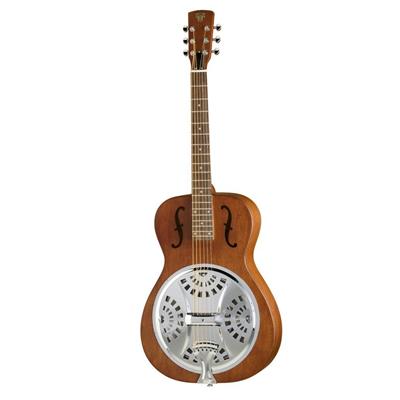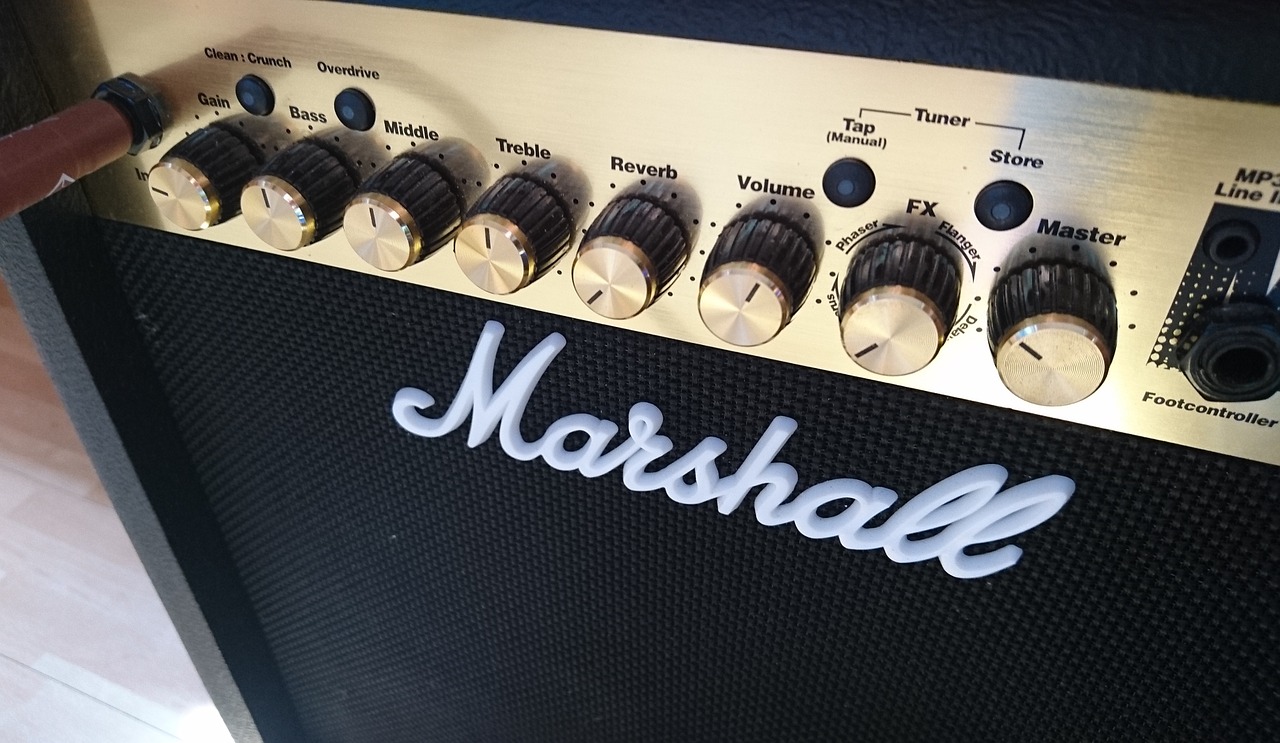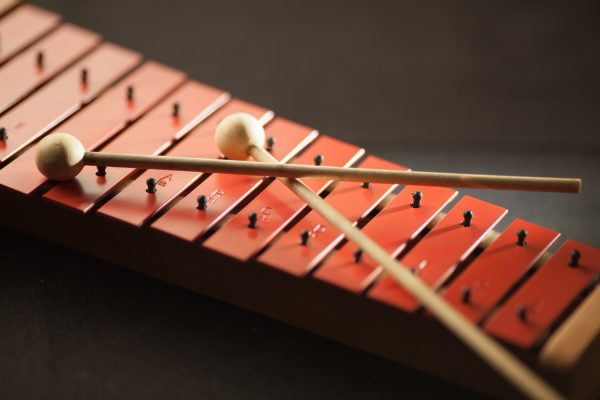There are a lot of turning points in the life of a guitarist. The first one is when you start playing your electric guitar. The second one is when you actually learn how to nail any desirable sound out of your favorite instrument. And the third and probably the most adventurous one is when you decide to experiment with your tone and start searching for something new.
This is the moment when you start thinking about the effects pedal, the most convenient way of altering your sound. Subsequently, you end up on the market which is replete with all the shapes and sizes of stompboxes and all the possible variations of audio effects. You easily get mesmerized by those magical sounds and it gets harder and harder to decide which ones to pick out. But don’t you worry, my friend, I am here to help. Today we are going to discuss 5 guitar pedals that you should get first and all the reasons why these stompboxes made it to this list. Stay with me and let’s conquer the world of effects together!
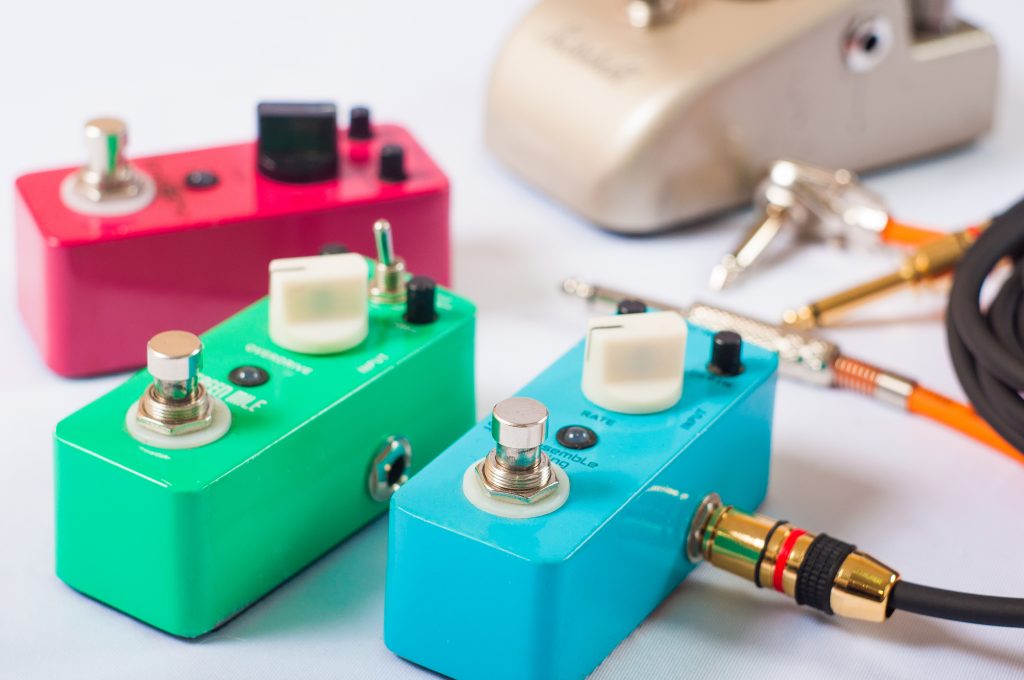
Compression pedals
This might be a bit surprising for some, but compression pedals are way more than they seem. These bad boys shape your sound in a way that does not exactly affect your tone directly. As you employ this pedal, you might not even notice the difference. But then you turn it off and feel that you are lacking something. Compression pedals will accentuate inaudible lower frequencies and tone down any uneven spikes in the higher spectrum. This means that they will contribute to rounding up your sound and make everything sleeker. Whether you are a beginner or a professional, you need a sort of tool that will refine your tone to perfection. That is exactly why you should consider the compression pedal as one of the most important stompboxes in your rig.
Tuner pedals
You might be wondering, why would you need a separate tuner pedal when you have a built-in tuner in your amp and a clip-on variation laying around somewhere. Or maybe you have an app on your phone. Yeah, it is true that there are a lot of versions of this tool, however, the pedals are the most convenient. Not only are they easy to use due to their stompbox form, but they also provide you with a lot of precision and flexibility during live performances. Typically, tuner pedals mute the output of your guitar and allow you to tune silently. This can be really useful on stage, especially when switching between guitars. The most common types are monophonic and polyphonic tuners, but I would suggest the latter if you play sophisticated chords.

Drive pedals
And we are getting to the interesting part. The most common effect to experiment with is distortion or overdrive. I don’t even know anyone who has not heard of drive effects, since they are utilized in most of our favorite songs (unless you are a fan of Sinatra). Distortion and overdrive pedals clip your signal in a severe or subtle manner and create a sort of gnarl or crunch in your sound. This adds a lot of dimension and definition to your overall tone. Even if you like clean tones, you could still employ this effect just to let your notes really shine through a mix. And if you are into heavier genres, you could even get the fuzz boxes. One way or another, drive pedals are must-haves on any pedalboard.
Delay and reverb pedals
As you fall in love with the audio effects and the way they affect your sound, you will start asking for more and more. That’s when delay and reverb come into play. Delay is an effect that duplicates your signal and plays it back after a set time, while reverb creates the illusion that you are playing in a concert hall or a big, empty room. Delays are great for adding extra thickness to your tone without it being too colored or artificial. Reverb pedals touch up your sound with a spatial character that, once again, makes the overall sound thicker and more dimensional. These two effects are quite essential to every chain and if you use them in small amounts, you will make slight sonic changes that will make a huge difference in the end.
Other effects pedals that are easy to use
There are a lot more effects that you could consider, however, some are quite hard to nail (such as chorus). For this reason, instead of pointing to one more effect, I decided to give you some options. The simple choices include wah and volume pedals. These two generally come in the form of tapered stompboxes that are quite easy to use. The Wah effect mimics the human pronunciation of “wah-wah” and gives off such sounds. It is quite popular among rock players and was popularized by Jimi Hendrix back in the day. Volume pedals act as volume controls but they are featured in a pedal form. Even though they do not affect your sound that much, they can be quite handy for gigging musicians.
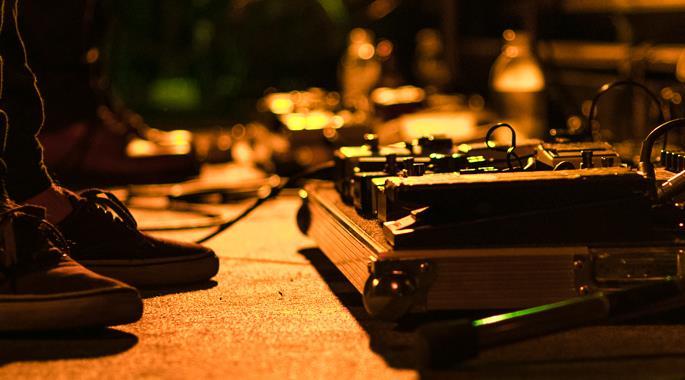
Conclusion
In conclusion, in the abundance of pedal choices on the market, it is hard to find the perfect match. The list I have provided covers all the essentials that will assist any musician no matter what. Regardless of what genre you play, these effects pedals will suit your sound or shape it to your preferences. Experiment with different chains and combinations and I am sure you will receive extraordinary results. Good luck!



